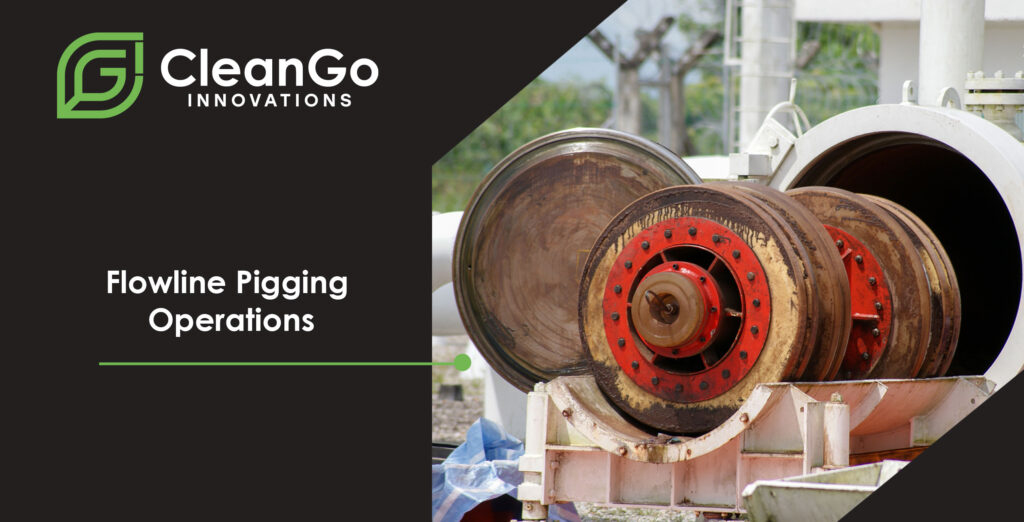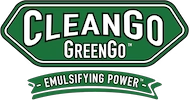Safety Data Sheet
Flowline Pigging Operations CGII Site Operating Procedures

- Tend to Corporate Health, Safety, and Environmental requirements.
- Record the diameter of the line and determine if the service fluids are sweet (not bearing hydrogen sulfide) or sour (those bearing hydrogen sulfide).
- Define and isolate the work area(s). Lock out/tag-out all adjoining flow to the line during treating.
- If required, arrange for a supplied air trailer on location.
- De-energize or de-pressurize the line.
- Ensure the “TO” end of the line has a method of capturing the flowline service fluids (be it a tank, p-tank, or vacuum truck).
- On the “FROM” end, verify the pig sender is in good working order.
- Spearhead a volume of CG-100 into the single line. Recommended volumes to facilitate a 300-foot length are as follows (these volumes can be adjusted to site-specific observations):
- 2” OD: 1 barrel of CG-100
- 3” OD: 1.5 barrels of CG-100
- 4” OD: 4 barrels of CG-100
- 6” OD: 8 barrels of CG-100
- 8” OD: 14 barrels of CG-100
- Depending on application and intent of the pigging, displace the line with a suitable fluid. This can be compressed air or nitrogen for decommissioning, wellbore effluent for production operations, or fresh water for initial construction.
- Capture the pig on the “TO” end in the pig trap and record the volume of displaced service fluids along with the presence of wax, sludge, asphaltenes, displaced solids, etc.
- If the intent is to decommission a line, continue pigging with at least two more pigs separated by air.
- If the intent is production operations, continue pigging until the line is clean of debris and plugging agents.
- If intent differs from those listed above, consult engineering for additional pigging requirements.
